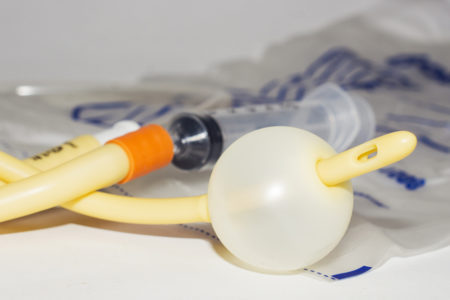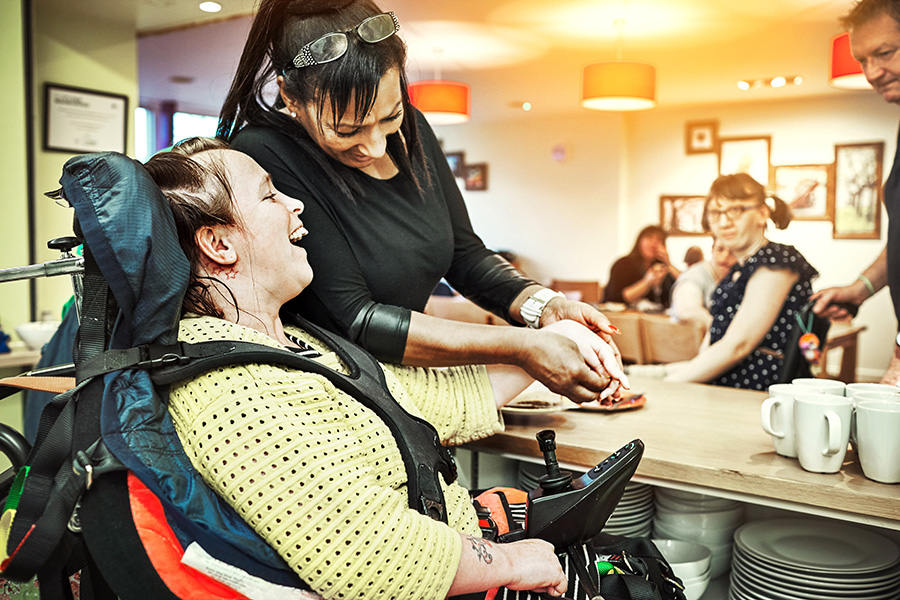May is American Stroke Month. Approximately 795,000 people in the United States have a stroke each year, and it is the leading cause of long-term disability in the U.S. Stroke is the 4th most common cause of death in the U.S., taking the lives of more than 129,000 people every year. Throughout the month of May, Shield HealthCare is joining with the American Heart Association/American Stroke Association to help raise awareness about the signs and symptoms of stroke, and to share the message that stroke is largely preventable, treatable and beatable.
Related: What is a Stroke? Symptoms, Risk Factors and Treatment Options
Stroke Risk Factors
Up to 80% of strokes can be prevented, yet more than half of Americans don’t know if they are at risk. High blood pressure is the leading controllable risk factor for stroke, In fact, three out of four people have blood pressure higher than 140/90 mm Hg when they have their first stroke. Smokers are two to four times more likely to have a stroke than non-smokers, and people with diabetes are at increased risk of stroke – no matter what age. Heart or artery disease, high cholesterol, poor diet, and low physical activity all increase your risk of having a stroke.
Stroke Warning Signs
Just one of these warning signs can be the indication that you or someone near you is having a stroke. Warning signs include:
- Sudden numbness or weakness of the leg, arm or face
- Sudden confusion or trouble understanding
- Sudden trouble seeing in one or both eyes
- Sudden trouble walking, dizziness, loss of balance or coordination
- Sudden severe headache with no known cause
If someone shows any of these symptoms, take note of the time and immediately call 9-1-1 or emergency medical services. Every minute that passes during a stroke increases the risk of brain damage and influences treatment options, so it is important for emergency personnel to know when the symptoms began.
Caregivers and Stroke
Caregivers for a stroke survivor play a crucial part in the recovery process of their loved one. Caregivers are more likely to feel stressed than the general population, and they are twice as likely to become depressed and experience sleep deprivation. There are many resources available to help stroke caregivers, including:
- The Caregiver Guide to Stroke – Including information on emotional support, medical management, the recovery process and legal, financial and health coverage
- The National Stroke Association: Caregivers and Families
- The Caregiver Action Network (CAN)
- The Patient Advocate Foundation: Resources
- Today’s Caregiver: Local Resources
After a stroke, survivors often have to relearn to do many everyday activities. See these tips for daily living after a stroke, provided by the American Stroke Association: http://bit.ly/15vUENr
For more health information, caregiver support and helpful resources, visit Shield HealthCare’s Caregivers Community.
Shield HealthCare | Medical Supplies For Care At Home Since 1957



























